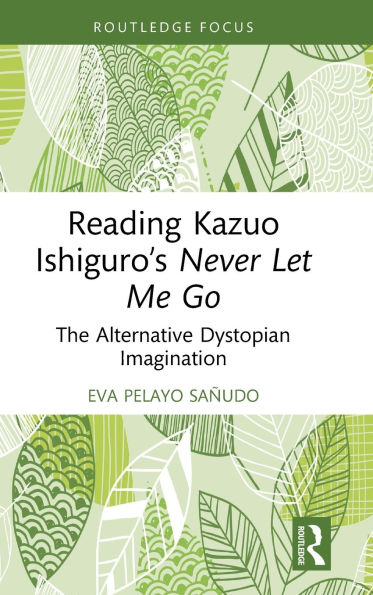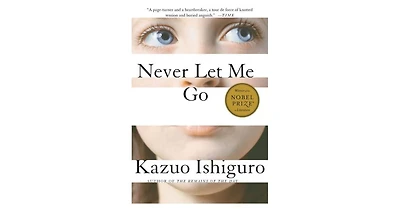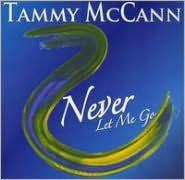Home
Reading Kazuo Ishiguro's Never Let Me Go: The Alternative Dystopian Imagination
Barnes and Noble
Loading Inventory...
Reading Kazuo Ishiguro's Never Let Me Go: The Alternative Dystopian Imagination in Franklin, TN
Current price: $66.99

Barnes and Noble
Reading Kazuo Ishiguro's Never Let Me Go: The Alternative Dystopian Imagination in Franklin, TN
Current price: $66.99
Loading Inventory...
Size: Hardcover
Reading Kazuo Ishiguro’s
Never Let Me Go
: The Alternative Dystopian Imagination
aims to offer innovative perspectives for the analysis of Nobel-prize winner Kazuo Ishiguro’s oeuvre through a focus on the genre of science fiction, particularly the novel
(2005). The study proposes the term "intimate dystopia" to reflect on the passage from totalitarian or external oppressive forces to more "subtle" systems of power. Its interdisciplinary approach combines, apart from literary theory on different genres such as science fiction and memory, race studies, feminism and ecocriticism. It is based on an exhaustive critical and textual analysis that allows for a thorough and nuanced understanding of Ishiguro’s multi-layered novel, covering themes such as the ethical dimensions and gender implications of caregiving, the dystopian portrayal of the environment, the significance of art in the existence of marginalized groups and the genre-related complexities of the text.
Never Let Me Go
: The Alternative Dystopian Imagination
aims to offer innovative perspectives for the analysis of Nobel-prize winner Kazuo Ishiguro’s oeuvre through a focus on the genre of science fiction, particularly the novel
(2005). The study proposes the term "intimate dystopia" to reflect on the passage from totalitarian or external oppressive forces to more "subtle" systems of power. Its interdisciplinary approach combines, apart from literary theory on different genres such as science fiction and memory, race studies, feminism and ecocriticism. It is based on an exhaustive critical and textual analysis that allows for a thorough and nuanced understanding of Ishiguro’s multi-layered novel, covering themes such as the ethical dimensions and gender implications of caregiving, the dystopian portrayal of the environment, the significance of art in the existence of marginalized groups and the genre-related complexities of the text.
Reading Kazuo Ishiguro’s
Never Let Me Go
: The Alternative Dystopian Imagination
aims to offer innovative perspectives for the analysis of Nobel-prize winner Kazuo Ishiguro’s oeuvre through a focus on the genre of science fiction, particularly the novel
(2005). The study proposes the term "intimate dystopia" to reflect on the passage from totalitarian or external oppressive forces to more "subtle" systems of power. Its interdisciplinary approach combines, apart from literary theory on different genres such as science fiction and memory, race studies, feminism and ecocriticism. It is based on an exhaustive critical and textual analysis that allows for a thorough and nuanced understanding of Ishiguro’s multi-layered novel, covering themes such as the ethical dimensions and gender implications of caregiving, the dystopian portrayal of the environment, the significance of art in the existence of marginalized groups and the genre-related complexities of the text.
Never Let Me Go
: The Alternative Dystopian Imagination
aims to offer innovative perspectives for the analysis of Nobel-prize winner Kazuo Ishiguro’s oeuvre through a focus on the genre of science fiction, particularly the novel
(2005). The study proposes the term "intimate dystopia" to reflect on the passage from totalitarian or external oppressive forces to more "subtle" systems of power. Its interdisciplinary approach combines, apart from literary theory on different genres such as science fiction and memory, race studies, feminism and ecocriticism. It is based on an exhaustive critical and textual analysis that allows for a thorough and nuanced understanding of Ishiguro’s multi-layered novel, covering themes such as the ethical dimensions and gender implications of caregiving, the dystopian portrayal of the environment, the significance of art in the existence of marginalized groups and the genre-related complexities of the text.

















